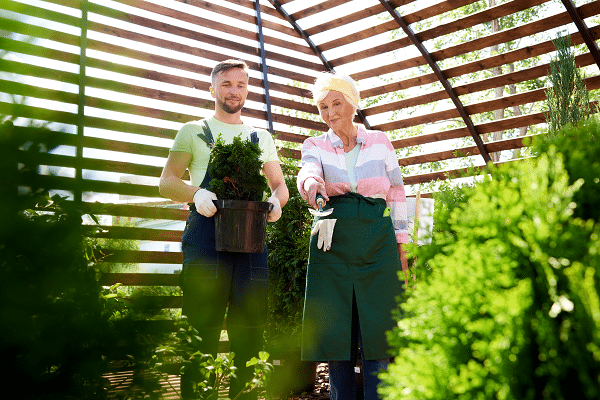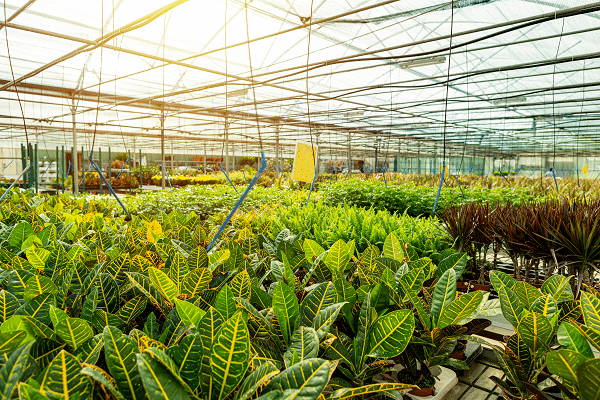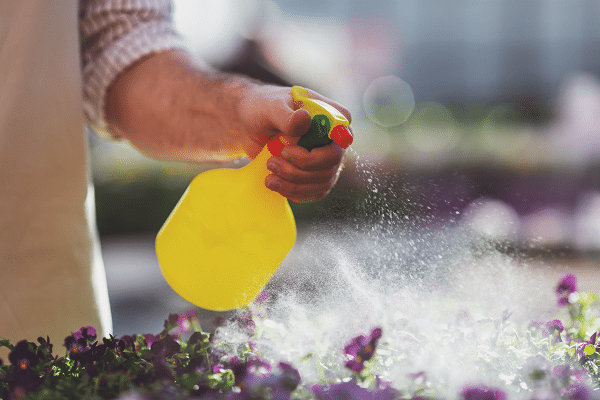Do you love spending time outdoors surrounded by beautiful plants and flowers? If so, you may want to consider growing your botanical garden. It can be a fun and rewarding experience, and it doesn’t have to be complicated or expensive! This article will provide tips for starting and maintaining your botanical garden. So read on for helpful advice on everything from choosing the right plants to dealing with pests and diseases.
Contents
- 1 What Is A Botanical Garden?
- 2 Deciding Which Plant Community You Want To Grow
- 3 Designing The Layout Of The Garden
- 4 Keep Detailed Records Of Your Plants
- 5 Attending To The Plants
- 6 Protecting Your Plants
- 7 Avoiding Diseases In Your Botanical Garden
- 8 Harvesting Mature Plants
- 9 Get To Work On Your Own Botanical Garden
What Is A Botanical Garden?
A botanical garden is more than just a place to admire beautiful plants and flowers. It is a living, ever-changing ecosystem that fosters scientific inquiry and an appreciation for nature. Designed with specific plant communities, botanical gardens are typically divided into distinct environments, such as forests and meadows, wetlands and grasslands, or arid regions like deserts or tundra. This allows you to explore different biomes and observe the natural plants and animals within those unique environments.
Deciding Which Plant Community You Want To Grow
A botanical garden is more than just a collection of pretty flowers. To create a thriving and diverse ecosystem, it’s essential to carefully select the type of plant community you want to grow. One option is to choose plants that are native to your region. This will help to ensure that the plants are well-suited to the local climate and soil conditions. Additionally, native plants are often low-maintenance, and they can provide valuable habitat for local wildlife.
Another option is to choose plants from particular biomes, such as desert, tropical or temperate forests. This can give your garden a unique character, and it can be a fun challenge to see which plants will thrive in the different conditions. Whatever you decide, selecting the right plants for your botanical garden will help ensure that it is a beautiful and thriving environment.
Designing The Layout Of The Garden
There are many considerations to consider when designing the layout of your botanical garden. The location, size, and terrain of your park will all play a role in determining how best to orient your plants. You may want to consider where the sun shines most brightly or where there is plenty of shade if you’re creating a particular type of garden atmosphere. You should also assess your soil conditions and work with what you have.
Finally, it’s essential to consider the needs and preferences of different plant species as you design your garden layout. For example, if you have clay soil that compacts easily, you may want to install raised beds or other planting systems that allow for proper drainage. In doing so, you can cultivate a vibrant and beautiful space that truly showcases the diversity of nature.
Keep Detailed Records Of Your Plants
Maintaining a botanical garden can be challenging, requiring care and attention to detail. One of the most important aspects of garden maintenance is keeping extensive records of plant growth. This allows you to monitor changes over time, identify patterns in growth, and make any necessary adjustments as needed. Some critical information that you should include in your records consists of the name and variety of each plant, its current size and condition, and any external factors that could potentially impact its health, such as weather conditions or pests.
Furthermore, by tracking environmental conditions like temperature and humidity, you can get a complete picture of what your plants need to thrive in their environment. Ultimately, maintaining detailed records will allow you to better care for the plants in your botanical garden and ensure that they continue to flourish for years to come.
Attending To The Plants
Once you have designed and planted your botanical garden, it’s time to start attending to the needs of your plants. This includes tasks like watering, weeding, mulching, and fertilizing. While some of these tasks may seem straightforward, it’s essential to take care doing them properly to avoid damaging your plants. For instance, overwatering can lead to root rot, while underwatering can cause the leaves of your plants to wilt and drop off.
Similarly, using the wrong type of fertilizer can harm delicate roots, so it’s crucial to choose a product that is specifically designed for the kind of plants you are growing. By taking the time to attend to the needs of your plants, you can ensure that they stay healthy and continue to thrive in your botanical garden.
Protecting Your Plants
Maintaining a botanical garden is no easy task. You need to be vigilant about everything from the sunlight and soil conditions to each plant’s humidity and water availability. But perhaps the most important factor in protecting your plants is a good layer of protection. Whether it’s a sturdy fence that keeps out pests or delicate netting that protects against inclement weather, your plants will be more likely to thrive when they’re adequately shielded from outside dangers.
At the same time, regular maintenance can also help protect your plants by ensuring that their habitats are as healthy as possible. So if you want your botanical garden to be a vibrant, lush space full of life, make sure you have an effective plan for protecting its precious inhabitants.
Avoiding Diseases In Your Botanical Garden
You can take many steps to minimize the risk of diseases infecting your plants, including using pest-resistant varieties and giving your plants plenty of space to grow. Another helpful strategy is implementing regular plant maintenance practices, such as pruning and weeding. This helps to eliminate potential breeding grounds for harmful pests and fungi, but it also allows you to catch outbreaks early on and take corrective action before they can spread through your garden. Through these steps and others, you can help keep your botanical garden flourishing with healthy plants.
Harvesting Mature Plants
When harvesting mature plants in your botanical garden, there are a few key things to keep in mind. First, you will want to work slowly and carefully to ensure that you do not damage the plant’s roots or its surrounding soil. When pulling a plant from the ground, lever it out gently using a trowel or similar tool. Once the plant is out of the ground, carefully brush off any excess soil or organic material from its roots using your fingers.
Then, trim off any dead leaves or branches from the plant as needed before placing it in your storage bin. Finally, remember to compost any debris from the one removed to avoid wasting precious nutrients! With these tips in mind, you can successfully harvest mature plants from your botanical garden and promote growth for future generations of plants.
Get To Work On Your Own Botanical Garden
Growing your botanical garden can be a fun and rewarding experience. From attending to the needs of your plants to protecting them from diseases, taking care of your botanical garden is an ongoing process. But with a bit of patience and effort, you can create a beautiful and thriving space. Keep in mind the value of growing your botanical garden – it’s truly priceless!







